Research in the field of parasitic medicine is reported through shocking facts. More than 90% of the population of all ages are affected by worm invasion or have hidden forms of various parasites. They cause many problems and cause various diseases to prevent a person's normal life. Choose a habitat - the human body, parasites can actually spread to all organs and systems, resulting in pathological changes and violating their function.

The main types of parasites in the human body
A group of parasites that make the human body inhabit include the simplest microorganisms, round and tape worms:
- Speaker. These are small parasites (long, no more than one and a half centimeters) that spread to family modes or contact with infected people. Often, flies carrying these worms-parasite larvae are carriers of this worm invasion. Once the product is used, they will stay for a long time and if not processed, they will enter the human body. They can cause myoelectricity in the body. Most of the time, preschoolers and school-age children are subject to this disease. Enteritis lesions can reach 90% in children and adults. The habitat of these parasites is a group of blind people and colonists of the intestines. This parasite does not breathe air. Its presence requires no oxygen. Its nutrition is the content of the intestine. After mating occurs, it occurs in the ileum of the ileum, crawling out of the anus, and the female lies in the larvae in the anal sphincter area. The greatest danger of enteritis is highly contagious. Parasites are susceptible to infection and are somewhat biased from individual sanitation norms.
- Askarids. Belongs to the worms. Parasitizes in the small intestine. Call asworm disease. The root cause of infection is the patient or animal. Infection is through food rather than washing hands. Parasite worm cysts, falling into the soil, mature to the level of larvae, are dangerous to humans. If a person has used unwashed fruits or vegetables before, it can infect the body. This is also promoted by unsanitary living conditions and insufficient heat treatment of food.
- Ankylostoma. They lead to the development of pathological processes in vivo. This is a small parasite with a length of no more than 2 cm. In most cases, children are infected (especially in rural areas, due to barefoot).

- Wide tape. It is a strip worm with 12 varieties. The main parasitic website is the intestinal department. The main path to in vivo infection occurs when fish (not being heat-treated enough) or through objects used for cutting meat (knife, cutting board). This type of parasite feeds on all the beneficial substances used by one person. It can reach 15 meters in length.
- Bulls and pork. These are tape worms, which are 10 meters in length. Taeniasis develops when spores of the cattle tapeworms are infected, and in the case of pork chain larvae, taeniasis disease develops, and its larval stage is called cysts. This pathology development is most often promoted through diet, poorly processed meat. But sometimes infection occurs through unwashed hands and food. Usually, in the small intestine inside the body, a peeling worm survives when it is infected with the disease. In some cases, its duration of existence can last for 20 years. Because of the hook located on the parasite head by its hook, it is closely connected to the wall of the small intestine. Therefore, sometimes difficulties in evacuation occur.
- echinococci. These are tape worms up to 8 mm long, which can cause a disease called echinococci. This disease is usually found in animals (cats, dogs, foxes, wolves). It should be noted that the human body is an intermediate place of residence for the pathology of echinococci. The infection process occurs during direct contact with the animal or during cutting. The disease is most affected by the rural population of animal husbandry. This disease often occurs in asymptomatic conditions, and in the case of its manifestations, cystic formation occurs. To remove them, it is necessary to use only surgical methods.
- Lamblia. leading to the development of lamblosis. Parasites belong to the Zhgutikov class and are representative of the detachment of Demolomonadide. Your favorite habitat is the small intestine of a person or animal. Sometimes they affect the digestive system of birds. Infection occurs in two ways: sometimes through the respiratory tract. The cyst enters the body through the lungs, as well as inhaled dust, and the clinical situation in this pathology can be masqueraded as other diseases. And it is accompanied by the development of diseases of the nerve, heart, and endocrine system.
- Parasitic mushrooms. They are able to cause different pathological conditions in the human body (actinomycetes, lichens, microsporidium, trichophytosis, favus, erytrazm). They live on the human body and affect the skin, hair, and cracked nails.
- African malaria parasite.The group includes Malaria parasite. They can cause malaria. The disease is transmitted only by mosquitoes. This disease is atypical for our region. She is bound by people living in southern countries. This infectious disease may develop when visiting these countries. One feature of the disease is that local residents have a much lower chance of getting than visitors. This is because they develop immunity.
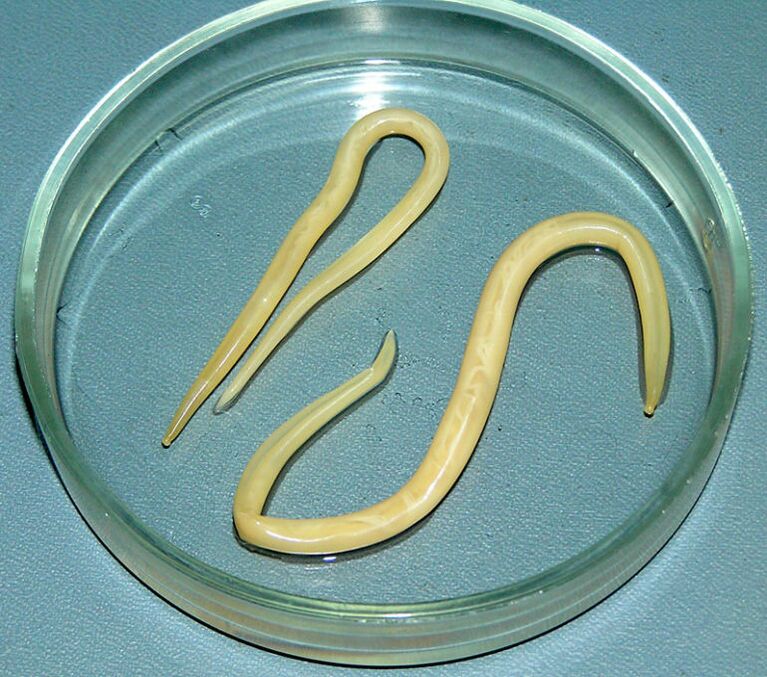
Infection is based on several basic methods:
- stool. Use unwashed vegetables and fruits instead of boiling water.
- percous. With this type of infection, worm-invading larvae fall into the pores of the skin.
- Through daily household items or contact with infected.
One characteristic of all forms of worm parasites is that they are at the expense of their owner (human or animal) and he chooses useful nutrients (glucose, useful micro and macro elements, carbohydrates). Due to this pathological effect, the body begins to have acute deficiency of potassium, magnesium, zinc, silicon, selenium and many vitamins. Another characteristic of these parasites is their high adaptation. They adapt to the working conditions of the owner's body. They are invisible by the immune system.
Causes of parasite infection in humans
In the infection method, the following contents can be distinguished:
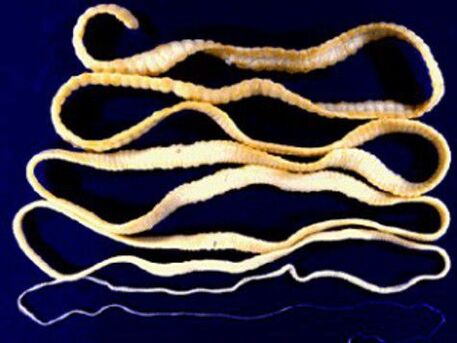
- The parasite's eggs and larvae penetrate the body when using dirty, sticky water. Or when eating food (fish, meat, canned food), you have not received enough heat treatment. This can also be facilitated by eating unwashed vegetables and fruits.
- Eggs and worm cysts maintain the surface of the skin and directly contact with everyday objects (door handles, money, toys, stairs). Additionally, when exposed to soil, the source of infection may be contained on the ground, and the spores of the parasite fall on hands. And if they are not washed thoroughly, this also poses a risk of physical infection threats with various helmets. Therefore, it is necessary not only to wash your hands before eating, but also several times during the day, especially in contact with the soil.
- Various insects (flies, wasps, fleas) cause a real threat to infection of the worm. For this purpose, insects do not have to bite people. They sometimes freely penetrate the residence, sit on food, cutlery, and stay on spores of the parasite's larvae.
If the day-to-day work is direct contact with animals (veterinarians, rural residents, livestock), the likelihood of the disease is greatly increased.
The main signs and symptoms of in vivo parasites
The position and ability in humans occupy the development of worm invasion, and plays a very important role in the occurrence of the first signs and basic symptoms. They usually settle in the upper part of the small intestine (wide tape, bull and pork chain, Akkadrid).

Vlasov chose the part of the large intestine for his habitat. Opistorchosis affects the biliary duct of the pipe. PIN worms are located in the cavity of the colon and rectum. Severe and dangerous illnesses may occur:
- Soreness in urination.
- Adenoma growth.
- An irregular, painful menstrual cycle.
- The emergence of hepatitis and dermatitis.
It is very important to pay attention to the above symptoms. Although at first glance they may seem harmless, in fact, this sign can indicate the presence of parasites in the body.
Patients often view the symptoms that occur during parasites as the presence of any other disease that is not related to the appearance of the worm. This is a great difficulty in making an accurate diagnosis. The main symptoms of human parasite development:
- Violating the bowel movement (constipation). It seems that the accumulation of worms makes it difficult for feces in the intestinal cavity to pass through.
- Diarrhea is sometimes observed. This is due to the enhanced production of Ferminas (hormone-like substance produced by parasites) and leads to imbalance in chloride ions. What explains the cause of diarrhea.
- Gas formation increases.
- Violating the processing and assimilation of lanolin (fat). This is due to the fact that parasites are in the cavity of the small intestine, and parasites cause inflammatory diseases of the intestinal mucosa.
- Joint pain and muscle pain occur.
- As a body's reaction, sometimes allergic manifestations appear in the form of urticaria.
- Ulcerative eczema, dermatitis, the appearance of tumors.
- In the development of helminthiasis that feeds on blood elements, iron deficiency anemia is possible.
- Through clinical blood tests, a small amount of red blood cells, a reduced level of hemoglobin and a decrease in color indicator.
- Typically, granulomas in the abdominal cavity or uterine cavity in the lungs and liver.
- The patient's psychological and emotional state is impaired, which is expressed by an unreasonable aggressive disease, increasing excitability.
- Due to severe itching in the anus, night sleep is disturbed.
- At night, the patient has a rattle of teeth (brute teeth).
- A lack of choline, vitamins, amino acids, proteins and carbohydrates can lead to the development of chronic fatigue, which can be destructive.
- Continuous feeling of hunger and the development of symptoms of anorexia.
- Myocardial disease, heart rate failure.
- In severe cases, the development of tumor pathology.
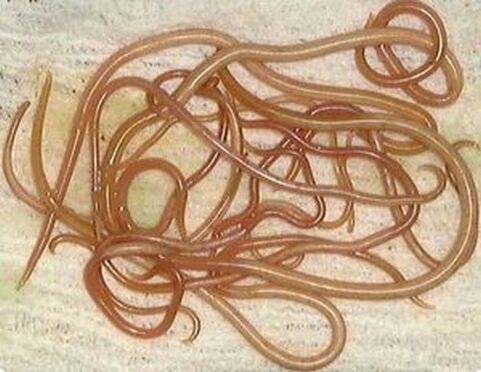
Not only the type of parasites that settle in the human body, but also his age, gender, and physical characteristics have had a significant impact on the clinical situation.
As the acute damage phase of worm invasion develops, patients have all signs of acute poisoning: the entire organism:
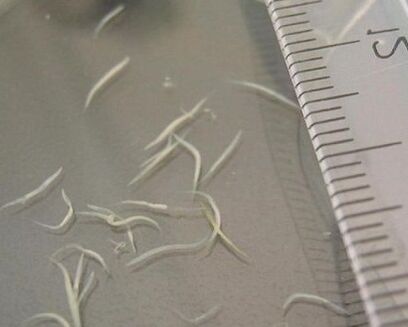
- Nausea turns into tenacious vomiting.
- Heat therapy (sometimes 38. 9).
- Anorexia rash.
- Regional lymph nodes are inflamed.
- The pathological process in the liver and lungs is aggravated.
If such symptoms occur, it is crucial for the doctor's visit
Diagnosing human parasites
For accurate diagnosis, you must consult a parasitologist. But usually there is no such standard unit in urban clinics. Therefore, you should contact a therapist or gastroenterologist for follow-up testing and further consult an infectious disease parasitologist. For a long time, parasitic infection has been determined only by testing fecal tests from worm eggs or duodenum. Intestinal substance fence was carried out.
By introducing probes. This research method does not always reveal the existence of worms in the human body. Modern diagnostic methods (ELISA test) allow you to detect and identify any form of parasites in the human body. They are based on the identification of antibodies produced by the body that respond to poisoning caused by worm invasion. In addition, serological techniques are widely used:
- reef.
- ral.
- RSK.
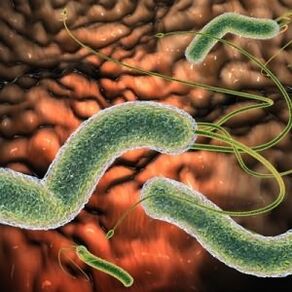
As another research method, it is used:
- Endoscopy.
- ultrasound.
- MRI.
- Infield detection.
- Use PCR to establish accurate diagnosis.
Relatively new, a system synchronization meter has appeared. It is able to detect endotoxins, microbial flora and tumor cells using an extended electromagnetic range. With frequency resonance therapy, you can not only diagnose any form of worms, but also perform effective treatments regardless of where they live.






































